Filter by

A User’s Guide to Network Analysis in R
Presenting a comprehensive resource for the mastery of network analysis in R, the goal of Network Analysis with R is to introduce modern network analysis techniques in R to social, physical, and health scientists. The mathematical foundations of network analysis are emphasized in an accessible way and readers are guided through the basic steps of network studies: network conceptualization, data…
- Edition
- Ed. 1
- ISBN/ISSN
- 978-3-319-23883-8
- Collation
- XII, 238
- Series Title
- Use R!
- Call Number
- 519.5 LUK u
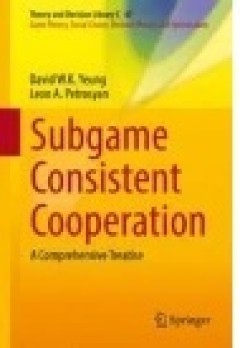
Subgame Consistent Cooperation
Strategic behavior in the human and social world has been increasingly recognized in theory and practice. It is well known that non-cooperative behavior could lead to suboptimal or even highly undesirable outcomes. Cooperation suggests the possibility of obtaining socially optimal solutions and the calls for cooperation are prevalent in real-life problems. Dynamic cooperation cannot be sustaina…
- Edition
- -
- ISBN/ISSN
- 978-981-10-1545-8
- Collation
- XIV, 520
- Series Title
- Theory and Decision Library C
- Call Number
- -
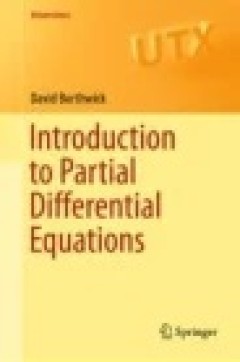
Introduction to Partial Differential Equations
This modern take on partial differential equations does not require knowledge beyond vector calculus and linear algebra. The author focuses on the most important classical partial differential equations, including conservation equations and their characteristics, the wave equation, the heat equation, function spaces, and Fourier series, drawing on tools from analysis only as they arise. Wit…
- Edition
- -
- ISBN/ISSN
- 978-3-319-48936-0
- Collation
- -
- Series Title
- -
- Call Number
- -

A Textbook on Ordinary Differential Equations
This book offers readers a primer on the theory and applications of Ordinary Differential Equations. The style used is simple, yet thorough and rigorous. Each chapter ends with a broad set of exercises that range from the routine to the more challenging and thought-provoking. Solutions to selected exercises can be found at the end of the book. The book contains many interesting examples on topi…
- Edition
- Ed. 2
- ISBN/ISSN
- 978-3-319-16408-3
- Collation
- XIV, 331
- Series Title
- UNITEXT
- Call Number
- 515.3 AHM t

Introduction to Measure Theory and Functional Analysis
This book introduces readers to theories that play a crucial role in modern mathematics, such as integration and functional analysis, employing a unifying approach that views these two subjects as being deeply intertwined. This feature is particularly evident in the broad range of problems examined, the solutions of which are often supported by generous hints. If the material is split into two …
- Edition
- -
- ISBN/ISSN
- 978-3-319-17019-0
- Collation
- -
- Series Title
- -
- Call Number
- -
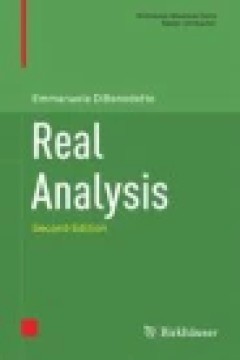
Real Analysis
The second edition of this classic textbook presents a rigorous and self-contained introduction to real analysis with the goal of providing a solid foundation for future coursework and research in applied mathematics. Written in a clear and concise style, it covers all of the necessary subjects as well as those often absent from standard introductory texts. Each chapter features a “Problems…
- Edition
- -
- ISBN/ISSN
- 978-1-4939-4005-9
- Collation
- -
- Series Title
- -
- Call Number
- 515
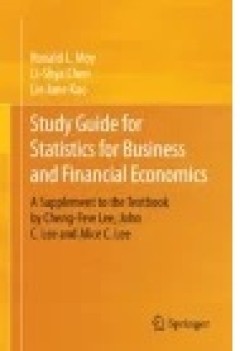
Study Guide for Statistics for Business and Financial Economics
This Study Guide accompanies Statistics for Business and Financial Economics, 3rd Ed. (Springer, 2013), which is the most definitive Business Statistics book to use Finance, Economics, and Accounting data throughout the entire book. The Study Guide contains unique chapter reviews for each chapter in the textbook, formulas, examples and additional exercises to enhance topics and their applicatio…
- Edition
- -
- ISBN/ISSN
- 978-3-319-11997-7
- Collation
- XI, 361
- Series Title
- -
- Call Number
- -
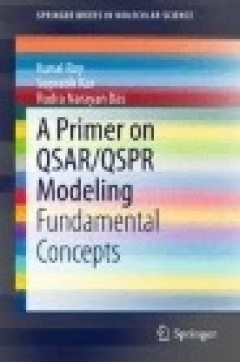
A Primer on QSAR/QSPR Modeling Fundamental Concept
This brief goes back to basics and describes the Quantitative structure-activity/property relationships (QSARs/QSPRs) that represent predictive models derived from the application of statistical tools correlating biological activity (including therapeutic and toxic) and properties of chemicals (drugs/toxicants/environmental pollutants) with descriptors representative of molecular structure and/…
- Edition
- -
- ISBN/ISSN
- 978-3-319-17281-1
- Collation
- X, 121
- Series Title
- SpringerBriefs in Molecular Science
- Call Number
- 541 ROY p

A Primer on Hilbert Space Theory: Linear Spaces, Topological Spaces, Metric S…
This book is an introduction to the theory of Hilbert space, a fundamental tool for non-relativistic quantum mechanics. Linear, topological, metric, and normed spaces are all addressed in detail, in a rigorous but reader-friendly fashion. The rationale for an introduction to the theory of Hilbert space, rather than a detailed study of Hilbert space theory itself, resides in the very high mathem…
- Edition
- Ed. 1
- ISBN/ISSN
- 978-3-319-03713-4
- Collation
- XVII, 255
- Series Title
- UNITEXT for Physics
- Call Number
- 530.15 ALA p

A Primer on Electromagnetic Fields
This book is a concise introduction to electromagnetics and electromagnetic fields that covers the aspects of most significance for engineering applications by means of a rigorous, analytical treatment. After an introduction to equations and basic theorems, topics of fundamental theoretical and applicative importance, including plane waves, transmission lines, waveguides and Green's functions, …
- Edition
- Ed. 1
- ISBN/ISSN
- 978-3-319-16574-5
- Collation
- XI, 171
- Series Title
- -
- Call Number
- 530.15 FRE p
 Computer Science, Information & General Works
Computer Science, Information & General Works  Philosophy & Psychology
Philosophy & Psychology  Religion
Religion  Social Sciences
Social Sciences  Language
Language  Pure Science
Pure Science  Applied Sciences
Applied Sciences  Art & Recreation
Art & Recreation  Literature
Literature  History & Geography
History & Geography